Montecito Roads: Alston and Humphrey
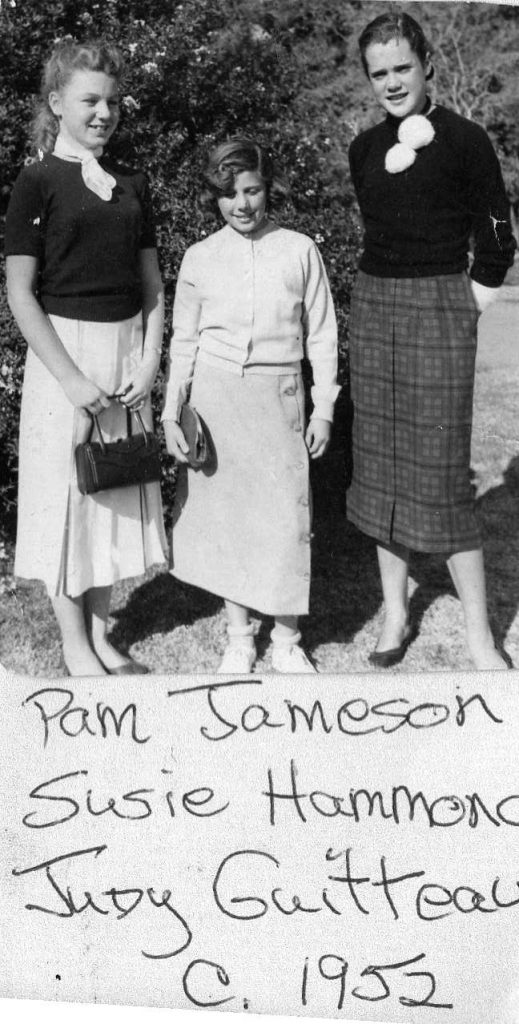
After the first article on roads, Judy (Guitteau) Pearce, who grew up in Montecito and has written many articles about its past, contacted me. I thought others would like to read her charming anecdotes about the Montecito Oaks tract off Olive Mill Road, so here it is:
Hattie, I was so excited to see your article in the Journal. I’ve been missing you. (Right back atcha, Judy!) Really interesting to read about street names in Montecito, and the ones rejected. You mentioned streets in Montecito Oaks and that the property was developed ca. 1960. Actually it was 1953. When the wide roads were laid out and graded, my friend Pam Ballard and I used to ride our horses there, great for races. When the three model homes were opened on Olive Mill they were furnished, one in Early American, one modern, and one traditional, price was $24,000. My friend Susie Hammond and I would go there during Open House and pretend we lived there. We would pick a bedroom, flop on the bed and imagine it as our own room. Why in heavens name the Realtor showing it didn’t throw us out I’ll never know. We were 12-years-old, it was fun!
Aloha, Judy
Alston Road
I don’t know if Judy can contribute anything to this next episode, but a Morning Press article in February 1907 announced that a new road for Montecito, connecting Eucalyptus Hill Road with Hot Springs Road, would open in a week. Named Alston Road, it was to be a stretch of hill and canyon road about two miles long, and would be one of the scenic attractions of the valley. Property owners along its length financed the road project, which created a dirt road twenty feet wide with many culverts for drainage. Now the newer parts of El Montecito would be connected to the older sections.
The question, of course, is why the road was named Alston. There were no families named Alston living in Santa Barbara at the time, but two prominent, civic-minded families carried that name in their lineage and were associated with roads in Montecito. One of the sons of Eugene Sheffield, who was himself one of the builders of the road that would be named Sheffield, was named Alston. Then there was William Alston Hayne, who was an early settler in Montecito. Hayne hailed from South Carolina and his mother was Rebecca Alston, the daughter of a plantation owner. William Alston Hayne also served as a Montecito Road inspector, and two of his sons carried the same middle name, Alston.
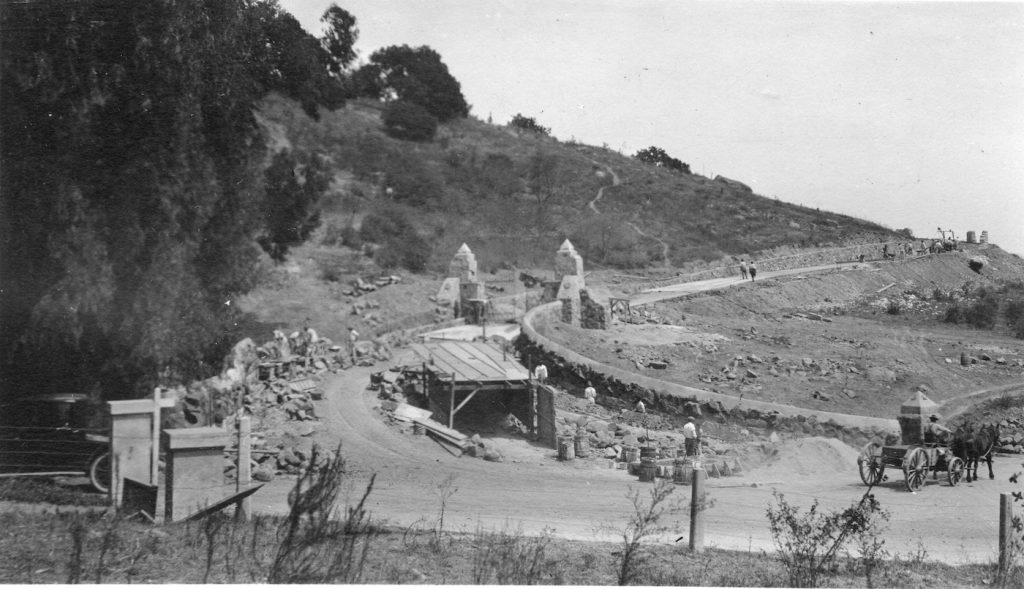
Another possibility is that “Alston” doesn’t refer to a particular person at all. As a surname, it was derived from an Old English word with multiple but related meanings – noble stone, elf stone, shrine stone, and temple stone. There is, after all, something mystical about the amazing expanse of beautiful stonework on this road, though nowadays much of the magic lies in the fact that the walls continue to stand despite severe leans.
Humphrey Road
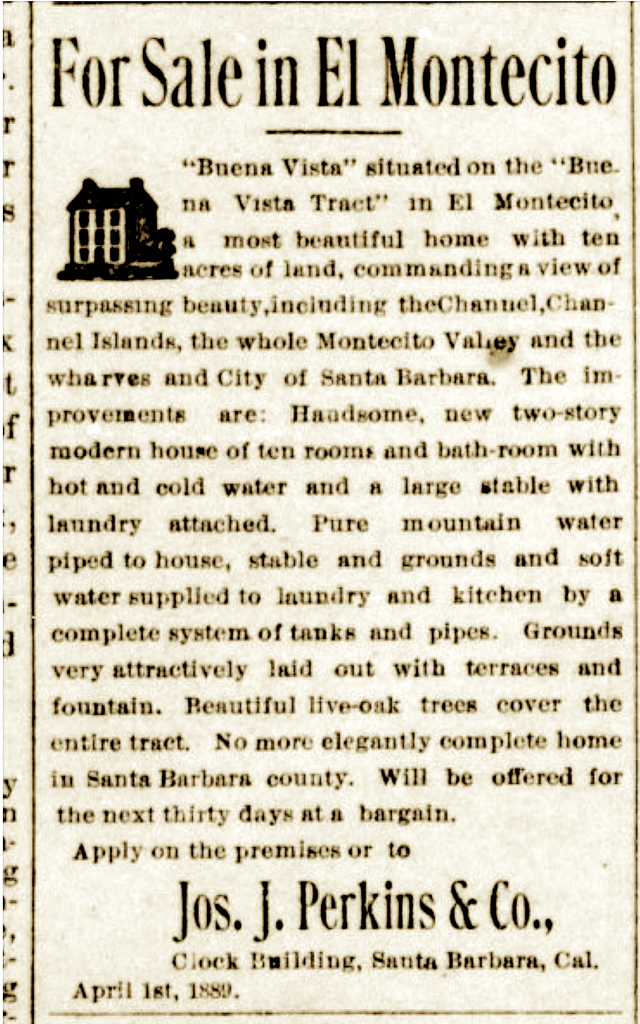
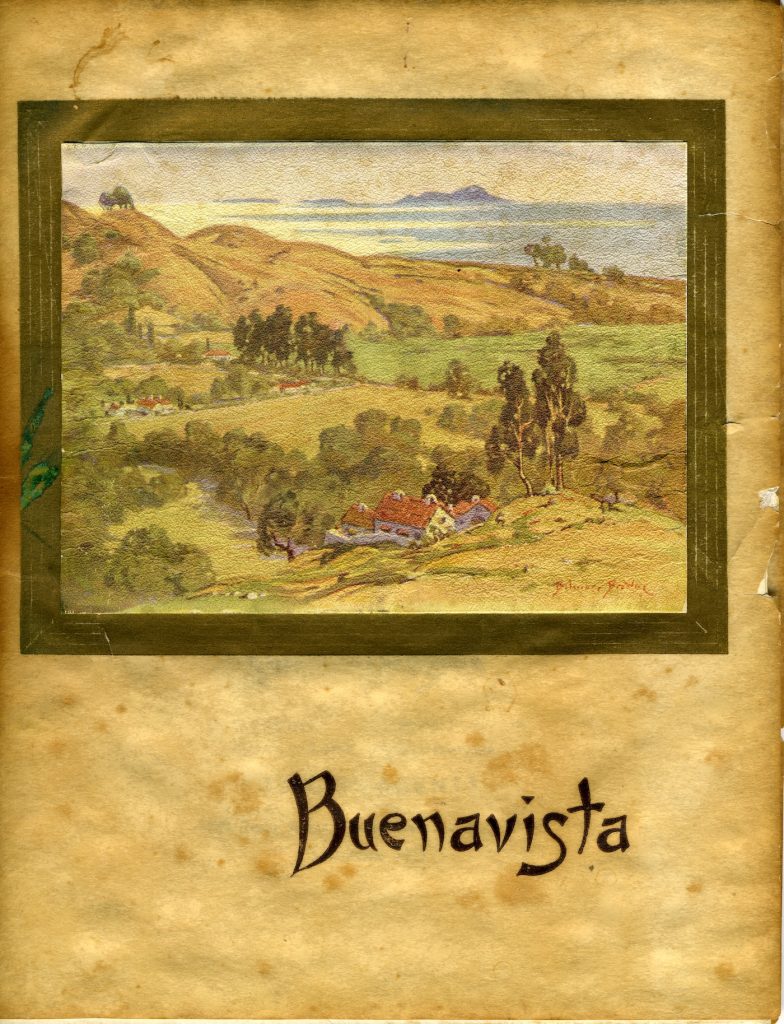
Seeking a more healthful environment for his family, British-born Iowa farmer Walter Humphry moved his family to Santa Barbara and purchased the Gallagher ranch in Mission Canyon for $5,000 in 1883. The Morning Press for May of that year announced, “Mr. Humphrey came hither in pursuit of a mild and equable climate. Believing this valley possesses both, he has concluded to make his home and spend the remainder of his days with us.” (The misspelling of the family name was ubiquitous)
Walter must have been a very successful Iowa farmer for the Mission Canyon ranch was not his only land purchase. In October of that year he purchased land in Montecito and together with his neighbors, planned to pipe water from the mountains. These lands would become the Buena Vista tract. On their Montecito lands, the Humphrys established a farm with several dwelling houses, barns and outbuildings in addition to a main residence. On his Mission Canyon property he was able to advertise in 1887 that he had 40 stands of bees and two fresh milk cows for sale.
In 1884, Walter’s wife, Elizabeth Ann (née Ellery) Humphry, also embarked upon buying and selling parcels of land in Montecito. The evolution of Walter’s occupational status was gradual, but various records show him listing himself as first farmer, then gentleman, then capitalist. As residents of Montecito, the Humphrys often joined their neighbors in sojourns at the Hot Springs Resort. Their good fortune was tempered by tragedy, however. In 1886, the Humphrey’s middle daughter, Ann Alida, died at the tender age of 16. Then on July 1, 1888, their eldest daughter, Mary Ellery died. In both cases, the newspapers gave no explanation beyond a small notification that the funeral would be held at their Montecito home.
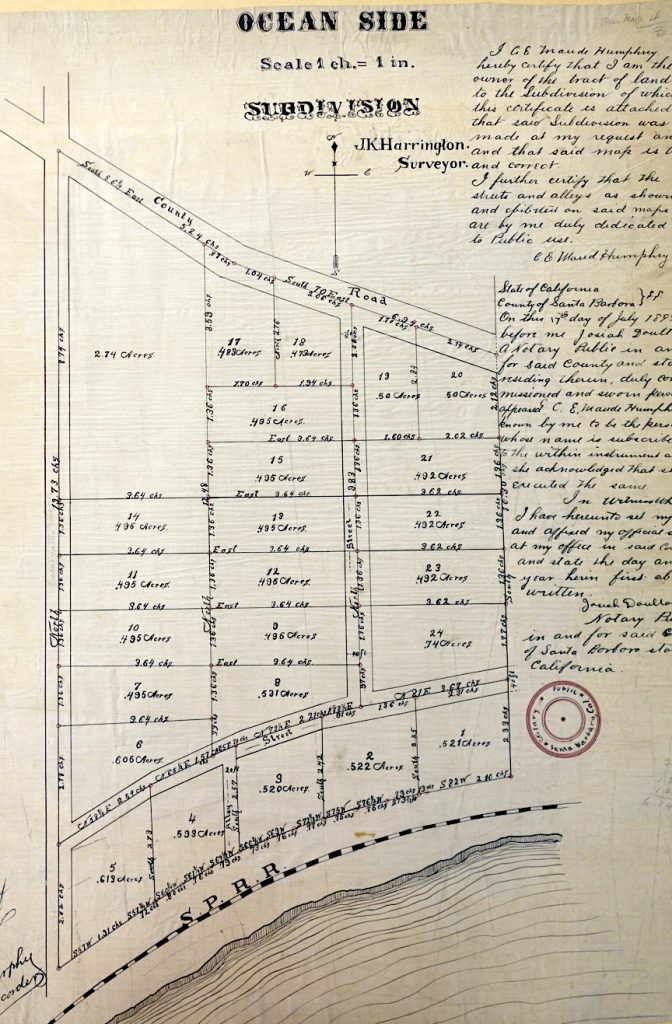
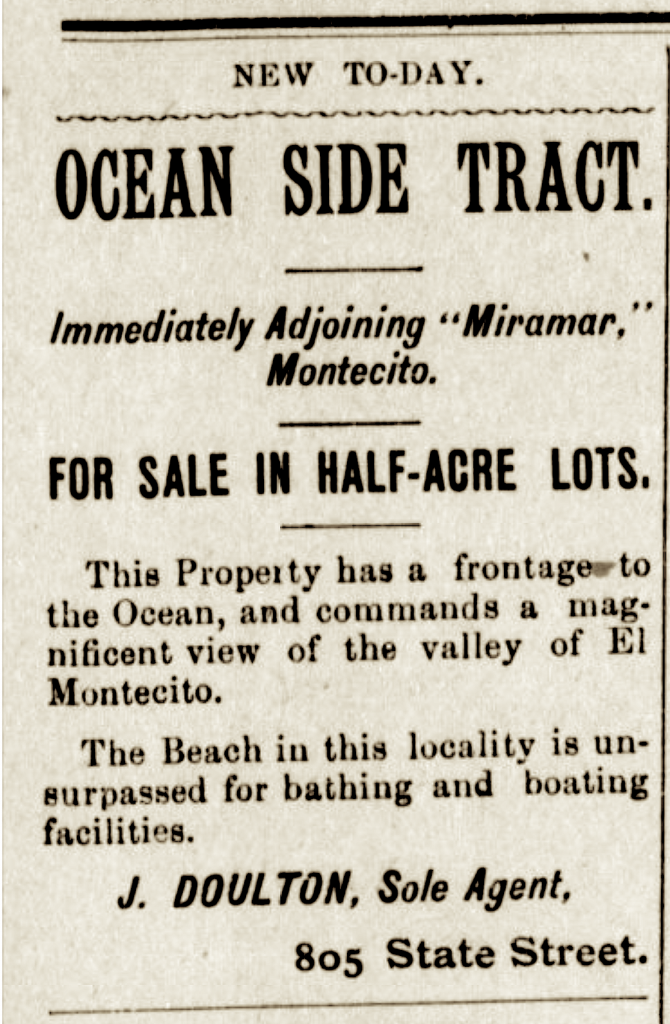
Then, on July 27, 1889, the Humphreys saw a wall of fire descending upon them in Montecito. An enormous conflagration originating in three locations was laying waste to the foothills of Montecito, burning buildings in Summerland and threatening the County Hospital on Salinas Street. The portion of the fire spreading out from Romero Canyon destroyed several outbuildings and a dwelling house on the Humphrey ranch in the Buena Vista tract but they managed to fight it off before it consumed their main residence.
Their neighbors, the Tollis family (Tollis Road) lost their elegant new residence and Mrs. Tollis was slightly burned during their escape from the inferno. Their other neighbors, the Kimberly family (also of Iowa), lost everything and barely escaped with their lives. The Morning Press reported, “They took refuge in an adjoining orchard, prostrated themselves upon the ground, and passed through the fiery ordeal by holding handkerchiefs to their mouths; and while they were thus immured by walls of flame, the very leaves in the trees over their heads were curled and withered by the heat.”
That October, a cloudburst in the denuded canyon above the Buena Vista tract washed away a heavy masonry dam and 800 feet of two-inch pipe, which was carried a full mile away. The bed of the creek was widened from a few feet to more than fifty feet, and enormous boulders, weighing many tons, were carried down the canyon.
The Humphrys Move to the Ocean
The twin disasters of 1889 would prove to be too much for the Humphrys, and they soon moved closer to lands near the beach. At some point, the Humphrys’ remaining daughter, C.E. (Charlotte Elizabeth) Maud, became the owner of a tract of land adjoining the western side of Miramar-by-the-Sea. In 1893, probably with the encouragement and advice of Miramar owner Josiah Doulton, she subdivided the land into 24 lots of approximately ½ acre. One parcel was much larger and contained 2.74 acres.
Josiah Doulton became sole agent for her Ocean Side development. Eucalyptus Lane and Miramar Avenue were laid out at this time and dedicated to public use. Over the years, the Miramar would lease and/or buy some of the cottages that were built in this tract.
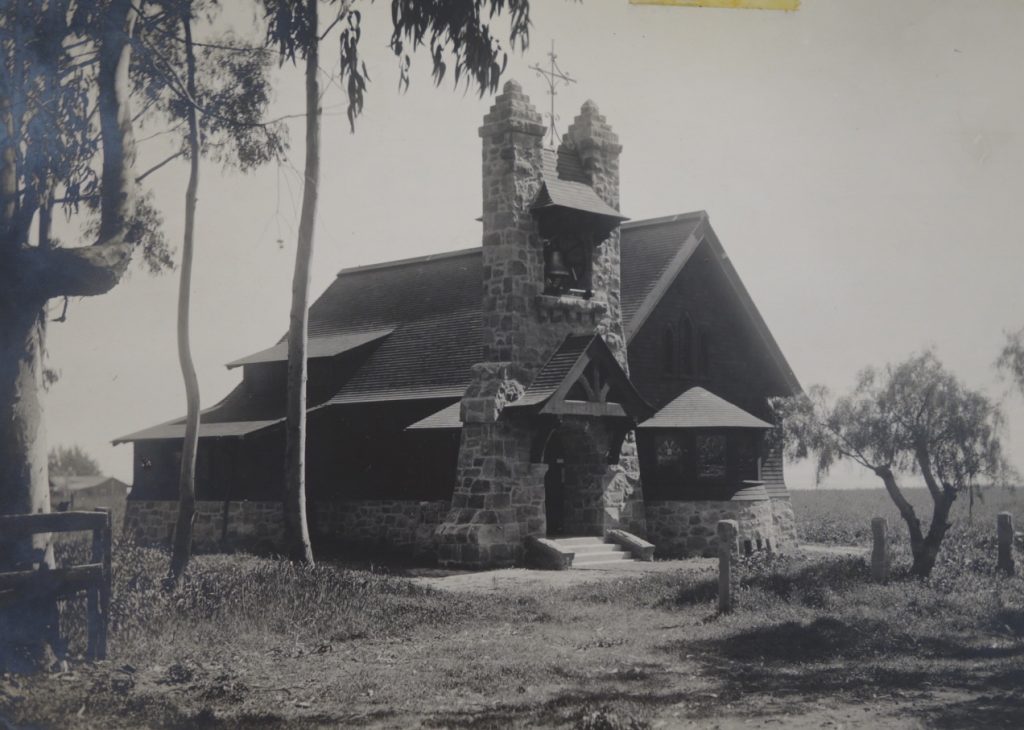
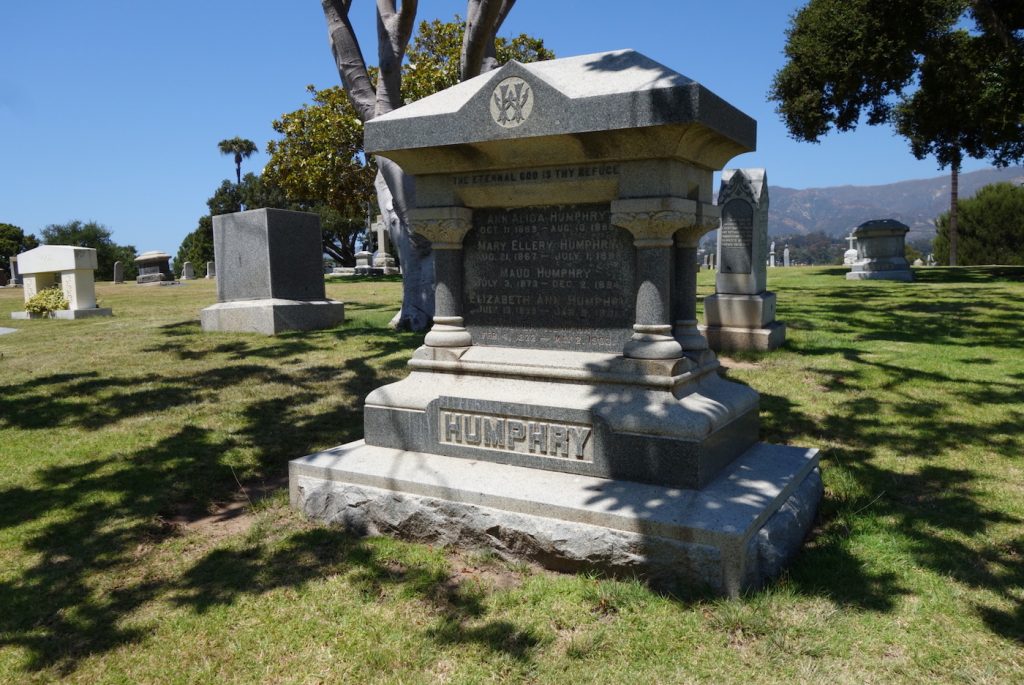
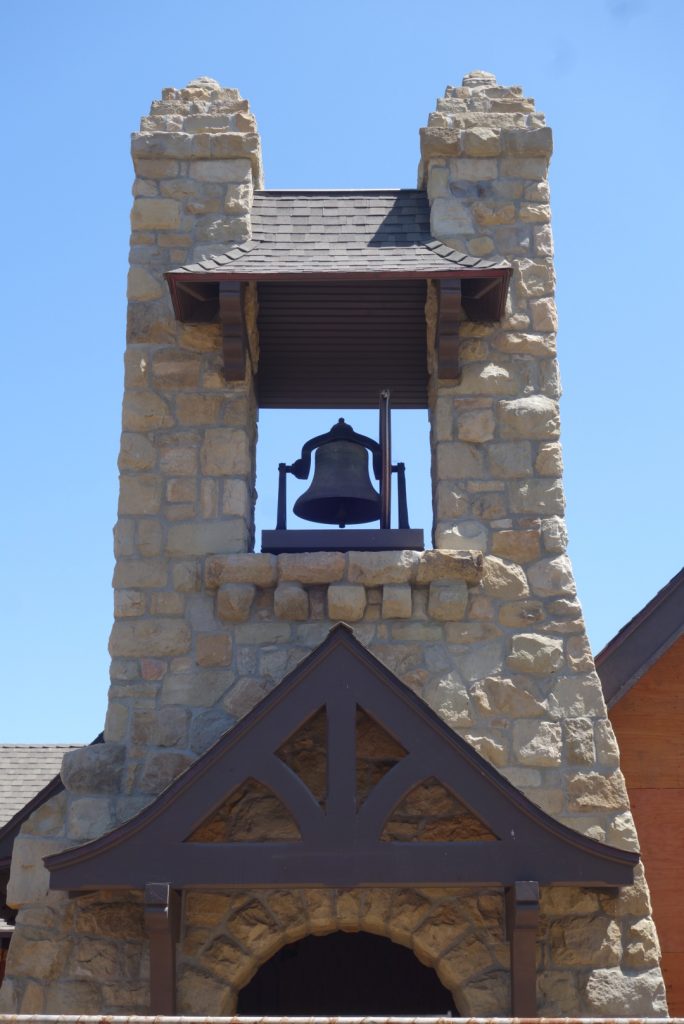
The Humphrys were staunch Anglicans and like others in Montecito, they hoped for the establishment of an Episcopalian church closer to home. On April 12, 1894, C.E. Maud deeded the west half of Lot No. 17 of Ocean Side Tract to the Episcopal Diocese of California for the site of All Saint’s Church in Montecito. By the time the church was built, however, the location had shifted west to a parcel off today’s Eucalyptus Lane. At the end of 1894, the last Humphrey daughter, C.E. Maud, died.
During the second week of January 1901, the Meneely bell that Walter and Elizabeth Ann Humphry had donated to the new All Saints By-the-Sea Episcopal Church on the day of its consecration in memory of their three daughters, was placed in the church. The bell weighed over 600 pounds and had a far-reaching sound. Elizabeth, however, never heard the bell toll; she had died on January 9, 1901.
Walter assumed that the properties in Elizabeth’s name, which included those of their late daughter Maud plus the land to the west of today’s Eucalyptus Lane where Humphrey Road lies, were now his. He donated two of those parcels to All Saints for a rectory. In September 1901, at age 80, he married Mrs. Emily A. Harvey (née Earlscliffe) in a private ceremony. She was 28 years his junior. Walter died in May 1903 leaving behind a very wealthy widow, and Humphrey Road (mistakenly adding an “e”) became filled with charming cottages and lovely gardens in an idyllic setting near the ocean’s side.
(Sources: Contemporary news articles; maps; ancestry.com; Myrick’s Montecito and Santa Barbara; city directories; brochures, etymology sources; Diocese of California records)







